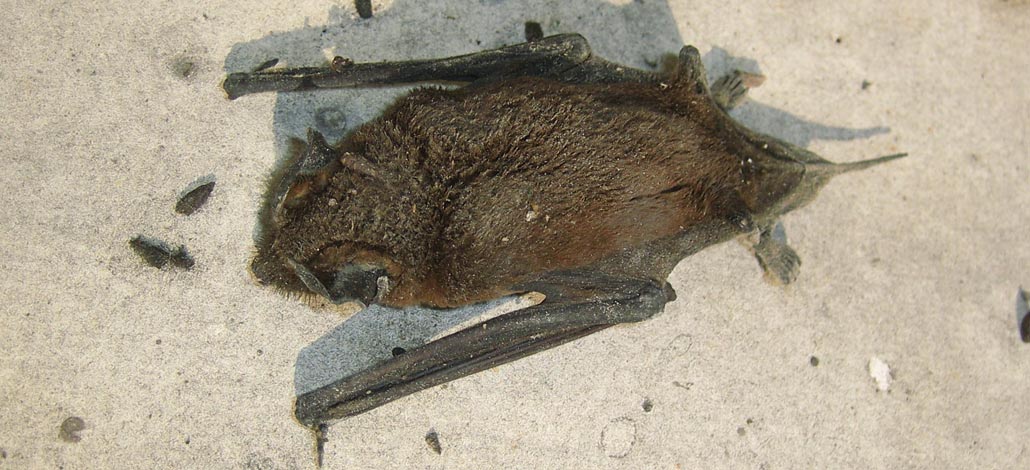- USA Wildlife Removal Education Guide - Do More Bats Live in Urban or Wild Places?
Do More Bats Live in Urban or Wild Places?

There are more than30 species of bats in the United States and many of them display different preferences in terms of habitat. Most bats are tiny creatures, and urbanization means the presence of many buildings of many different types and sizes – homes, garages, warehouses, and churches, for example. Almost all of them represent potential roosting opportunities for bats. All that the colonies require is a space that is warm and dry: attics, lofts, walls and eaves are ideal.
Bats’ size allows them to access these places through extremely small openings, hanging in clusters during the day and emerging at dusk. They adapt to the urban environment well and as long as there is plenty of insect prey, they can thrive. They are particularly adaptable to suburbs, which provide both space, insect-rich vegetation, generally lower illumination during their night hunting forays, and usually plenty of roosting opportunities.
Bats are night-foragers with eyes especially adapted for night flight, and they don’t favor brightly illuminated areas. Moreover, they don’t actually hunt using their eyesight but rather, by means of a bat-specific echo location system. That said, they are adaptable hunters that often can be seen swooping after bugs that swarm around street lights and other outdoor illumination.
Despite continuing urbanization, there remains far more rural territory in which bat colonies can form and thrive. Grasslands and woodlands are natural breeding grounds for insects and groves and forests provide the habitat that is most natural to the animals.
This environment also provides the bats with safe avenues to travel from their roosts in caves, trees and farm buildings to their favored foraging grounds. They employ their echolocation capabilities to navigate hedgerows, tree lines, rivers and other natural elements both to find their way and to detect the presence of predators.
Urban or rural, where there are insects and shelter, bats can thrive. And they seem to thrive best in when close to nature. Why not? They’re part of it.
If you need help, we service the entire USA! Click here for a wildlife removal specialist in your town!
Go back to the main Bat Removal page for more information about Do More Bats Live in Urban or Wild Places?.

